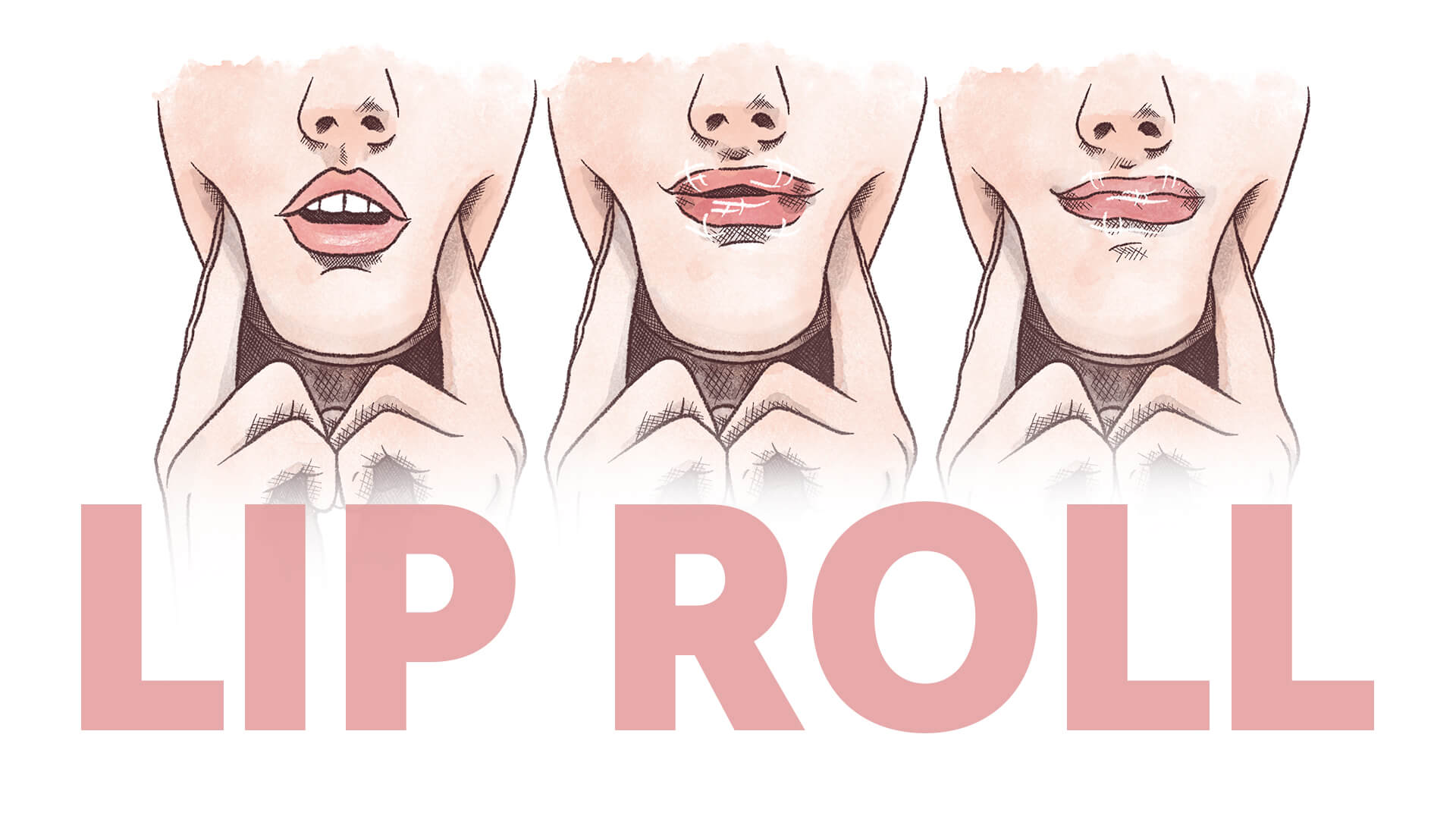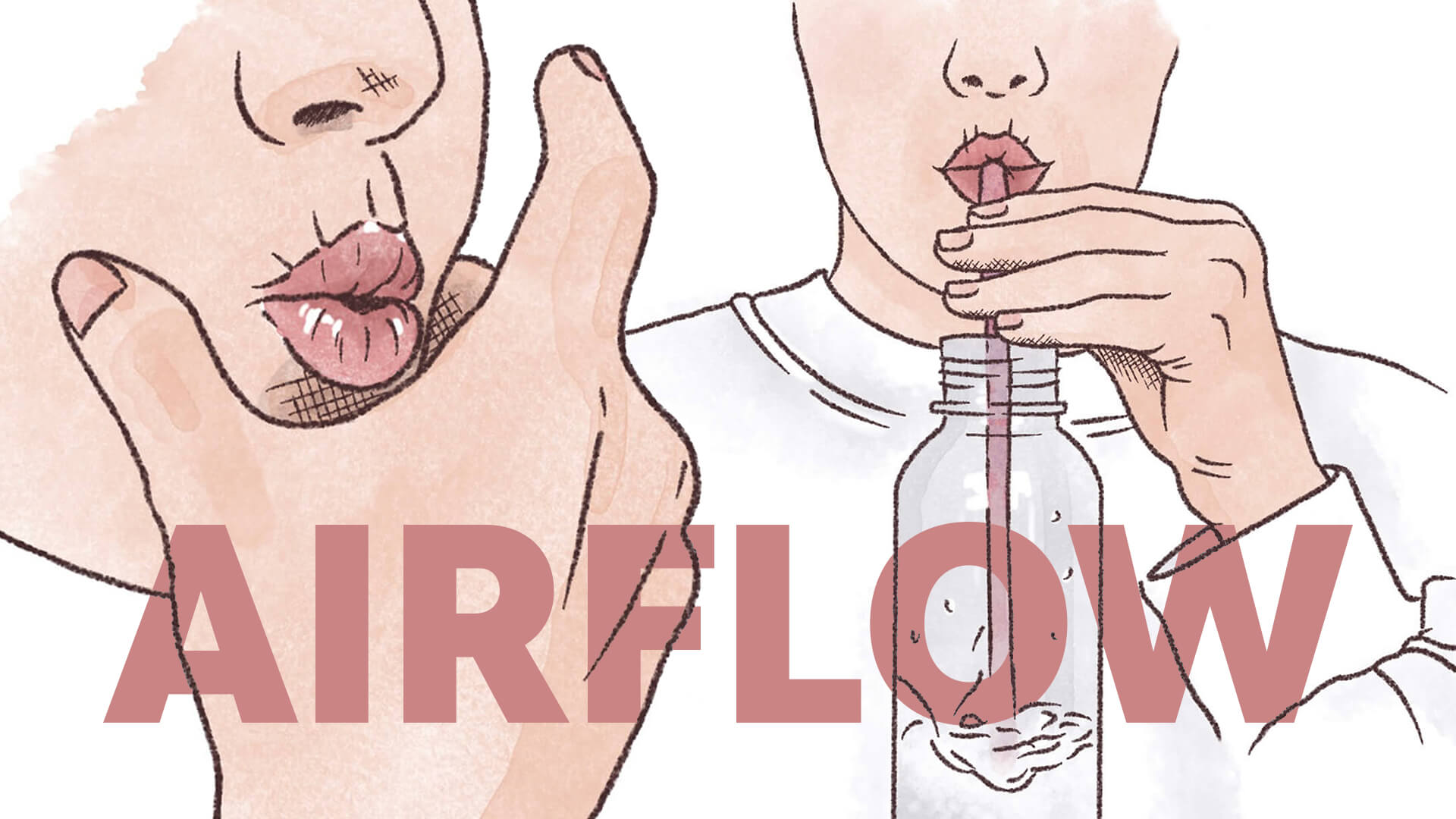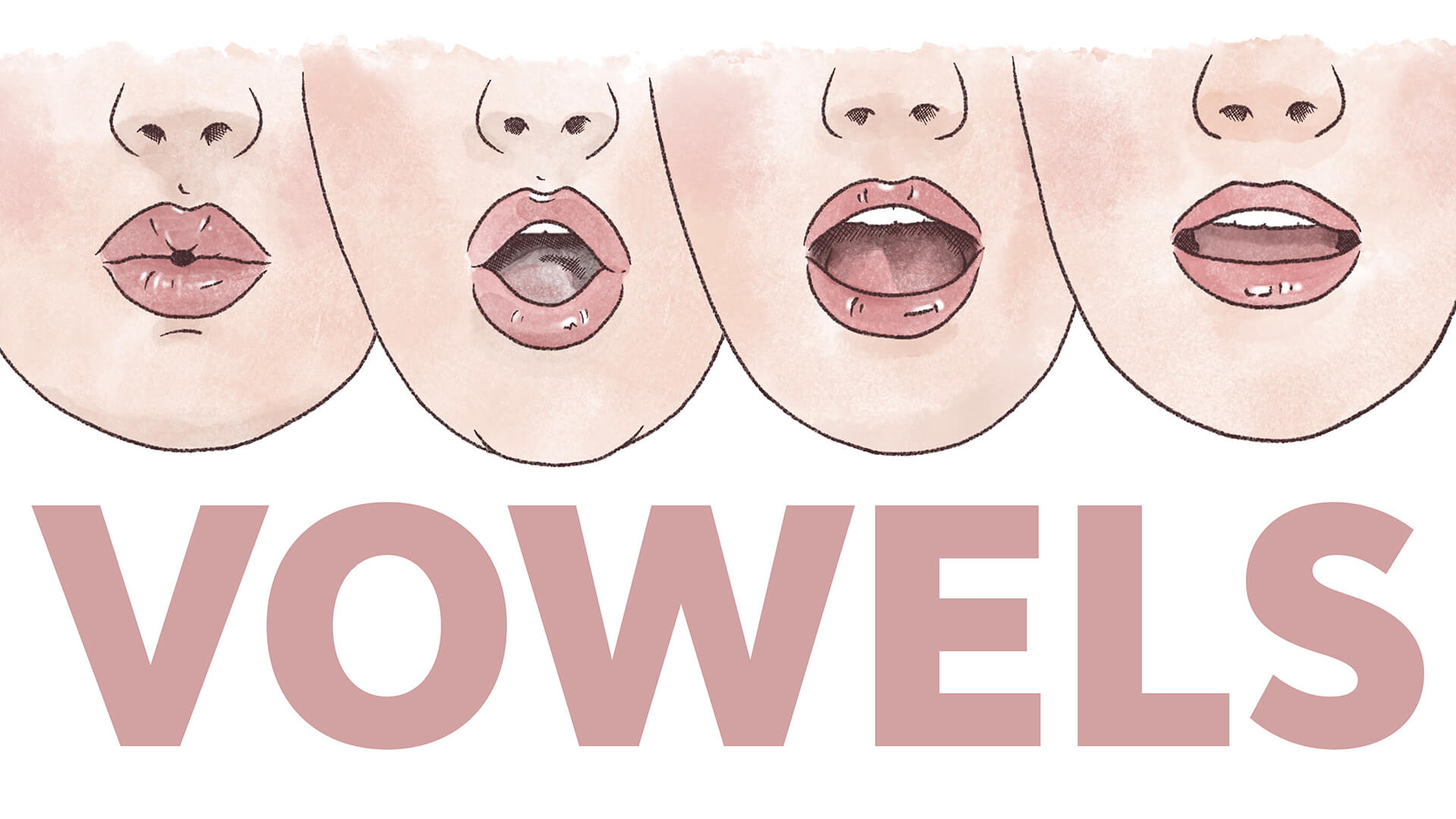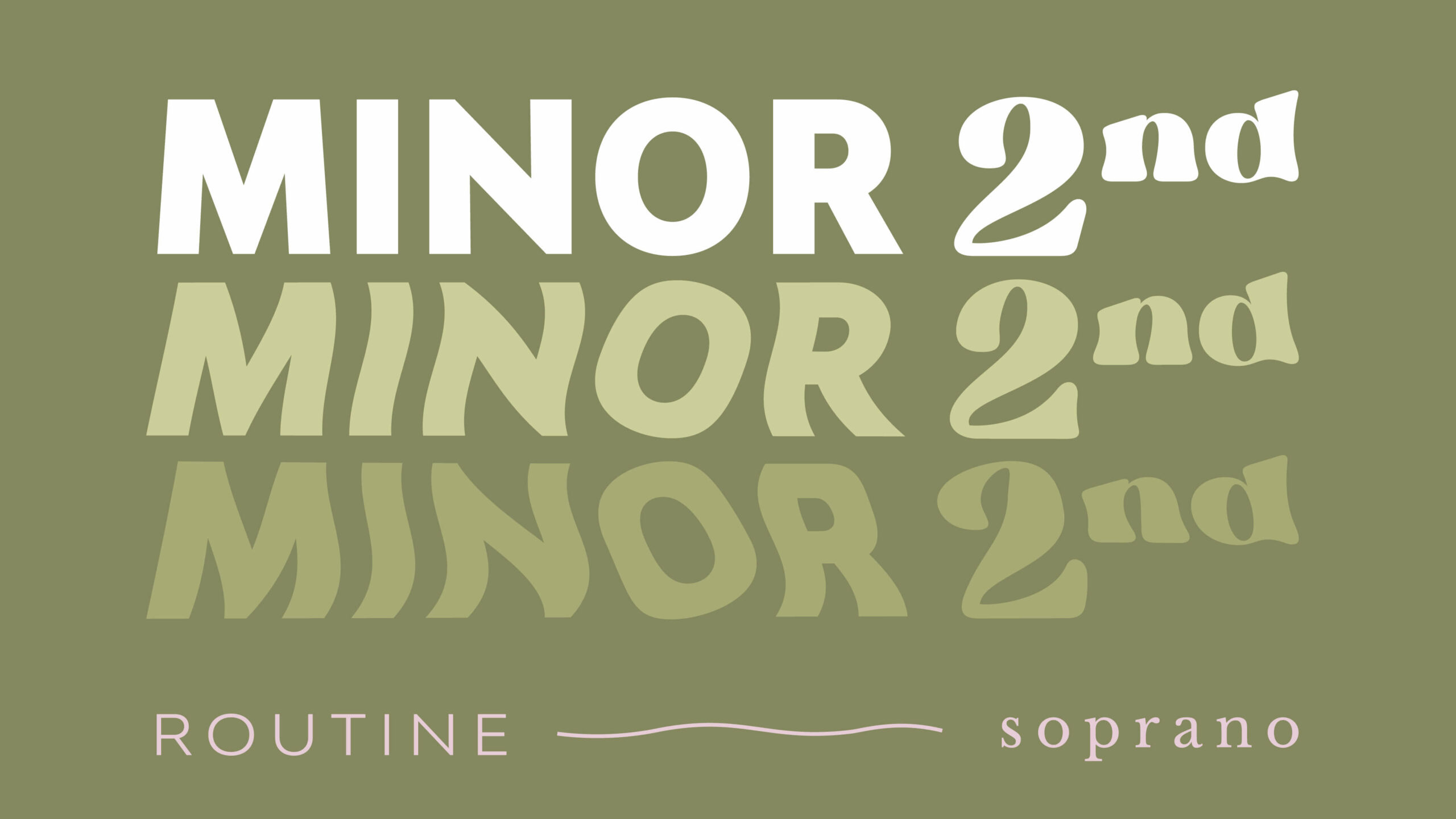Essential Singing Exercises
Humming
M - N - NG HUM
“Everyone around the world hums, regardless of culture or creed. We do not question why we hum any more than we question why we breathe. We just do. This is one of the simplest and yet most profound sounds we can make. We can all hum. The very young can hum. The very old can hum. If you have a voice, you can hum.“
Jonathan Goldman “The Humming Effect: Sound Healing for Health and Happiness.”
What is humming?
Humming is a simple vocal exercise that involves making a nasal sound usually with your lips closed (but you can also do it with open mouth). It is a type of Semi-Occluded Vocal Tract (SOVT) exercise that creates a partial obstruction of the airflow through the vocal tract. This semi-occluded position helps to regulate the flow of air and balance the pressure above and below the vocal folds, making it a useful exercise for improving vocal control and resonance.
To produce the humming sound, we force air through our vocal cords, which vibrate and create sound waves. The frequency of the sound is determined by the rate of vibration of the vocal cords. These sound waves are then amplified by the resonating chambers. Humming resonates the most in the oral and nasal cavities of the head, as well as the chest cavity. But we have to remember that the nasal cavity is essential for humming. If you hold your nose, you simply can't hum!
It’s a safe and simple exercise that can be done anytime, anywhere, making it a great addition to any vocal warm-up routine.
Objectives:
- Stretching of vocal folds
- Improving mastery of vocal fold function
- Balancing the pressure above and below the vocal folds
- Improving pitch range without straining the voice
- Most importantly: improving the feeling of different resonators in the vocal tract, especially the nasal cavity
- Balancing the airflow
- Achieving smooth transitions between vocal registers
- Preventing vocal fold tension and strain during singing
- Maintaining a neutral position of the larynx to reduce tension
Another interesting aspect of humming is the way it can affect our bodies. Research has shown that when we hum a number of beneficial therapeutic effects occur, including:
- Increased oxygen in cells
- Increased lymphatic circulation
- Reduced levels of stress-related hormones
- Increased levels of nitric oxide
- Lowered blood pressure and heart rate
- Increased levels of melatonin
- Release of endorphins
- Release of oxytocin
When to use:
Don’t use:
- As a warm-up before singing
- As a gentle exercise in the morning or after intense singing
- As a cool-down at the end of the day
- For maintaining healthy vocal folds or aiding in the recovery of injured vocal folds
- To familiarize yourself with a new melody
- To work on extending your range
- To reduce stress
- To meditate, relax and promote better sleep
- In general, humming is a safe and beneficial exercise for most people.
- However, if you have a serious respiratory infection or vocal injury, it’s best to avoid it until you have recovered.
- Once you are ready to resume singing, humming can be a helpful exercise to include in your vocal warm-up routine.
- As with any vocal exercise, it’s important to listen to your body and avoid practicing if you’re experiencing any discomfort or vocal fatigue.
How to make it work? | Part 1
Humming is a very natural way of producing sound. Anyone can hum. It doesn’t require a lot of experience but as every exercise it is better to take it step by step.
1.Find a comfortable position. You can stand or sit, it doesn’t matter as long as you stay relaxed.
Create free account to read the whole article.
Unlock a world of musical knowledge with a free account. Read whole articles, create your personal Interval Cheat Sheet and more. Sign up now and take your music skills to the next level.

Hi! I’m Justine Sounds, a singer, songwriter, and the proud founder of Open Minded Singing. If you enjoyed reading this article, I would greatly appreciate it if you could share it with your friends. Feel free to reach out to me if you have any questions or inquiries. Also, don’t forget to follow @openmindedsinging on social media for more exciting updates and content.
Thank you for your support!
Join us and transition from theory to practice!
The importance of routines and regular practice cannot be overstated, but it’s often challenging to know what exercises to do, especially without access to a piano. That’s where Open Minded Singing comes in!
With just your phone, tablet, or computer, along with a pair of headphones, you can unlock a world of singing workouts designed for every occasion. No more guesswork or frustration — simply log in, choose a workout, hit the play button, and sing.

For a limited time, our monthly subscription is available at the exclusive early price. As an early subscriber, you’ll not only gain access to a collection of workouts that grows every moth, but you’ll also receive personalised support from Justine Sounds herself. Imagine having a professional singer guiding you every step of the way!
Related articles:

How to make a Lip Roll?
What is a lip roll? | Objectives of practising lip rolls | When to use it | How to make a proper lip roll? | Step by step instructions

Airflow | Straw Phonation
What is straw phonation? | Objectives | When to use it | What straw should I use? | How to practise straw phonation with water and without? | How to practise airflow and sing with a cup?

Singing Vowels
Vowel vs Consonant | Vowels as the key to sound | How many vowels are there? | Oo - Oh - Ah - Eh - Ee | How to practise vowels in the songs

